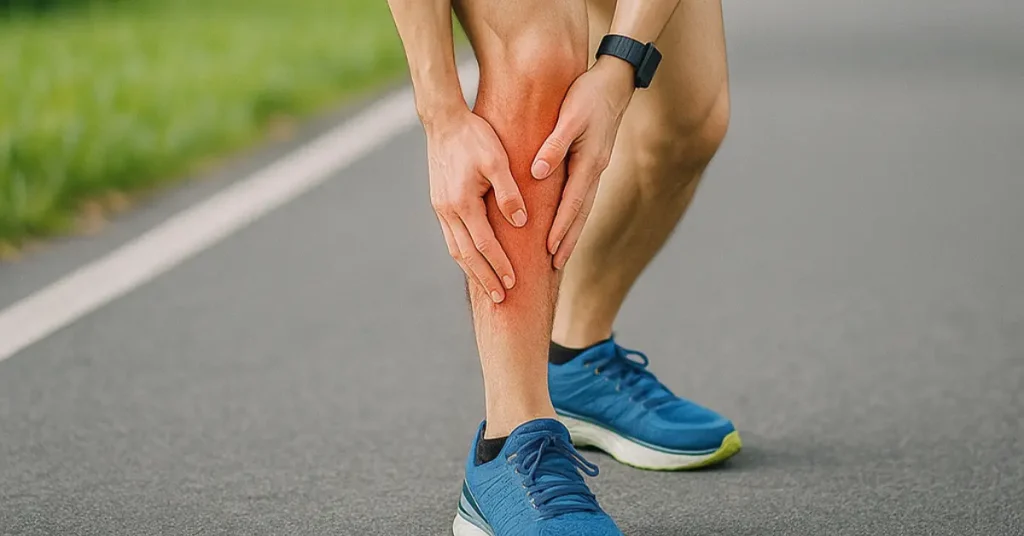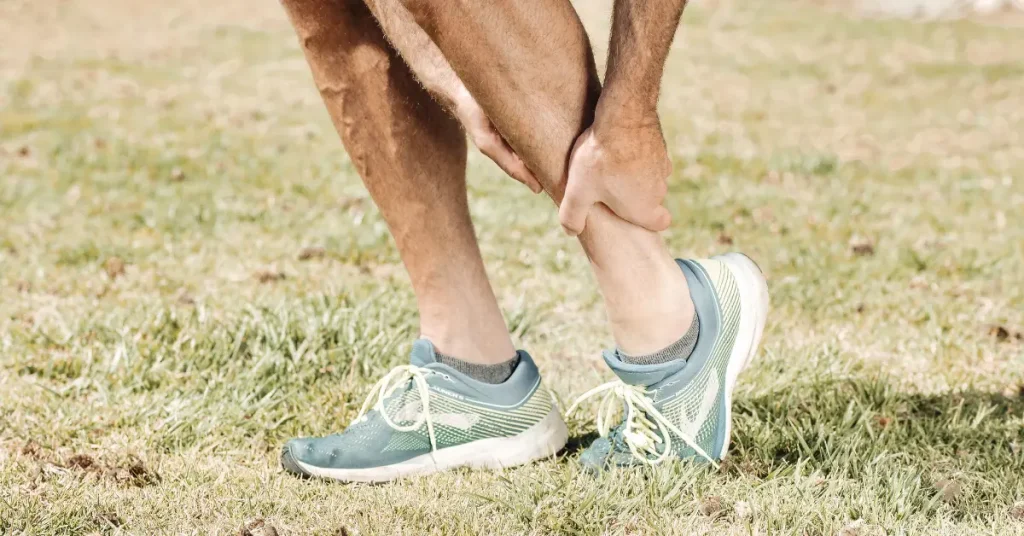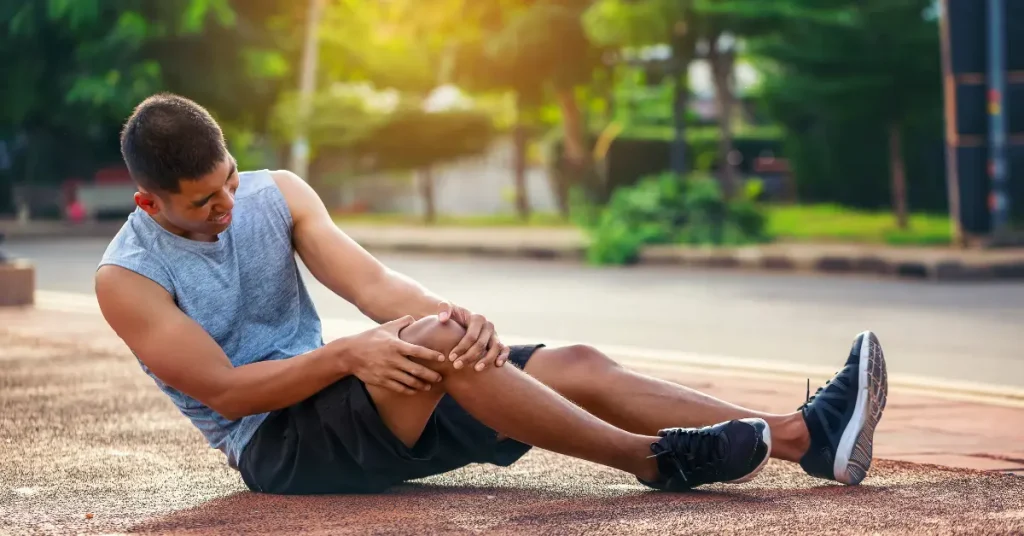A dull, aching soreness down your shin following a run or a sudden jabbing ache when going up stairs, these are complaints most people would attribute to “just tired legs.” This soreness isn’t usual muscle strain. Commonly known as shin splints, it is an ailment affecting runners and other athletes, often caused by increased activity during the day.
With constant apprehensions about shin pains that refuse to subside even after rest, many patients at Dr. Ahamed’s APPLE Clinic in Chennai present with such issues. Fortunately, one can go through an affected diagnosis and attention and conserve the mindset of shin splints without surgery, thereby ensuring normal days to come.
What are Shin Splints?
Shin splints, or medial tibial stress syndrome, mean inner shinbone pain (tibia). It occurs when the muscle, tendon, and bone support systems in the lower legs are overused.
Shin splints are common in:
- Runners and athletes in general
- People who start high-impact exercise too quickly
- People who wear inadequate exercise footwear
- People with flat feet or high arches
- Sudden increase in frequency or intensity of exercise.
- Exercise or running with unsupportive or worn-out footwear.
- Running or exercising on concrete or uneven terrain.
- Abnormal foot mechanics put extra stress on the muscles of the shin.
- Asymmetry of leg muscles puts pressure on the shinbone.
- Repeated stress without sufficient rest or recovery.
At Dr. Ahamed’s APPLE Clinic, the initial step is discovering what’s behind the shin pain to develop an individualised treatment plan.
Symptoms of Shin Splints
Shin splint pain can range from mild to severe, but usually describes:
- A dull ache or throbbing along the shinbone
- Tenderness or swelling in the lower leg
- Severe pain on or after use
- Pain that worsens with running, jumping, or climbing stairs
- Relief on rest, but again on continued activity
- If not treated, the pain can even be felt when you walk.
When to Consult Dr. Ahamed’s Apple Clinic in Chennai
Not all cases of shin pain need to be urgently consulted by a doctor, but you need to consult a doctor if:
- Pain continues to persist for more than seven days, even after some days of rest.
- There is swelling, redness, or heat over the affected site on the shin.
- The pain is so awful that one can hardly walk or stand.
- There is a history of stress fractures or bone abnormalities.
- There is accompanying numbness or tingling with the pain.
Before medicating, the specialists at Dr. Ahamed’s APPLE Clinic utilise the latest in diagnostic and imaging technology to rule out fractures, nerve compression, or circulation problems.
Shin Splints Treatment in Chennai
Shin splint treatment typically includes non surgical treatments that reduce pain, heal tissues, and prevent recurrence.
Non-Surgical Treatment
1. Rest and Home Care
- Rest: Rest from activity to allow healing.
- Ice Therapy: Ice packs will decrease inflammation.
- Compression and Elevation: Wrap support wraps and leg elevation can decrease swelling.
2. Physiotherapy
Physiotherapy is an integral part of shin splint recovery at Dr. Ahamed’s APPLE Clinic. It encompasses:
- Stretching contracted calf and shin muscles.
- Strengthening hip and leg muscle exercises.
- Correcting abnormal foot mechanics through gait training.
- Gradually progressing to activities to prevent reinjury.
3. Footwear and Orthotics
Training in good-cushioning, supportive footwear.
Correcting flat feet or abnormal alignment with custom orthotic inserts.
Why Choose Dr. Ahamed’s APPLE Clinic for Shin Splints Treatment in Chennai?
At APPLE Clinic, superior and first-class methods are used to detect the exact cause of shin pain. It applies non-surgical treatments like physiotherapy, lifestyle changes, and regenerative medicine to help the body’s natural healing processes. Sports injury treatment, chronic pain management, and orthopaedic care are the areas in which the clinic’s professional team is trained.
Every treatment protocol is designed to meet the client’s needs and expedite recovery. It treats knee pain, myofascial pain syndrome, and sciatica, so that most of the disorders related to the lower limbs are cared for. Make an appointment at APPLE Clinic for the beginning of your pain-free walk.
Preventing Shin Splints
To prevent shin splints, you need to follow the steps below in your daily activities.
- Slowly build workout intensity.
- Wear proper, supportive shoes.
- Strengthen muscles in the hips and calves to support leg mechanics.
- Warm up and stretch before activity.
- Rotate between high- and low-impact activities.
Prevention is the best way to avoid recurrence, particularly if someone has already had shin pain.
Conclusion
Shin splints can be a complaint when there is an ongoing pain in the shin, making it impossible to walk, run, or perform everyday functions. The earlier you go for treatment, the earlier you will recover and be back to your active ways.
If you are in Chennai and experiencing perpetual shin pain, do not neglect it. A proper diagnosis at Dr. Ahamed’s APPLE Clinic may determine the reason and recommend successful, non-surgical remedies to cure and avoid subsequent pain.
FAQs
Do shin splints heal without treatment?
Yes, minor cases improve with rest and self-care. But recurrences require medical assessment.
Are shin splints equal to stress fractures?
No. Shin splints are muscles and tissue, while stress fractures are tiny cracks in the bones. A doctor can differentiate them.
How long does it take to recover?
Most patients recover within 2–6 weeks with treatment, depending on the cause and severity.
Can I exercise with shin splints?
Low-impact activities like swimming or cycling are better choices until the pain subsides.
Do flat feet cause shin splints?
Flat feet can contribute to increased stress on the shinbone. Supportive shoes or orthotics can reduce this risk.
What am I worried about when it comes to pain in the shin?
Severe, sudden pain, or pain with swelling and redness should be examined by a doctor to rule out more serious issues.



